
What do you need?
Destination
Category
Destination
La Unión
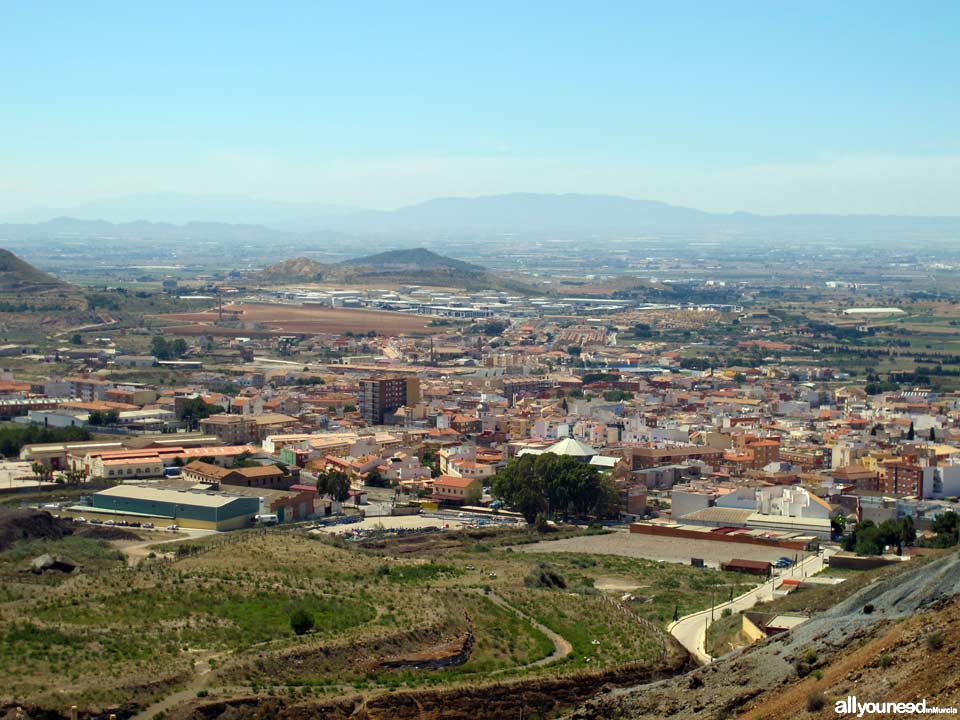 Municipality in the Campo de Cartagena area. The town's name comes from the union of the districts of Garbanzal, Herrerías and Portmán in 1894, when it was categorized as a city.
Municipality in the Campo de Cartagena area. The town's name comes from the union of the districts of Garbanzal, Herrerías and Portmán in 1894, when it was categorized as a city.
The history of La Unión is that of the mines and quarries that shape its landscape, dotted with numerous reminders of old mining activities. Throughout the mining hills of La Unión there are plenty of archaeological remains evoking centuries of this area's ancient practice. Silver, lead, copper and zinc, among others, were mined here and then shipped from the near port of Portmán to other towns in the Roman Empire.
Over the first decades of the 20th century, La Unión became the “Spanish California” because of the many migrants that arrived to work at the mines, mostly from Eastern Andalusia. This migration contributed to the ethno-cultural nature of this town, with two flamenco-like singing styles (cante de las minas and cante jondo) that are deeply rooted in the heritage of La Unión.
Since 1961, the town holds Cante de las Minas (meaning "Songs from the mines"), a National Flamenco Festival that has established itself as the most important festival of its type worldwide. Some say that “the lyrics of the mine songs are universal and portray the pain experienced by mankind for centuries”.
View Destinos on a large map

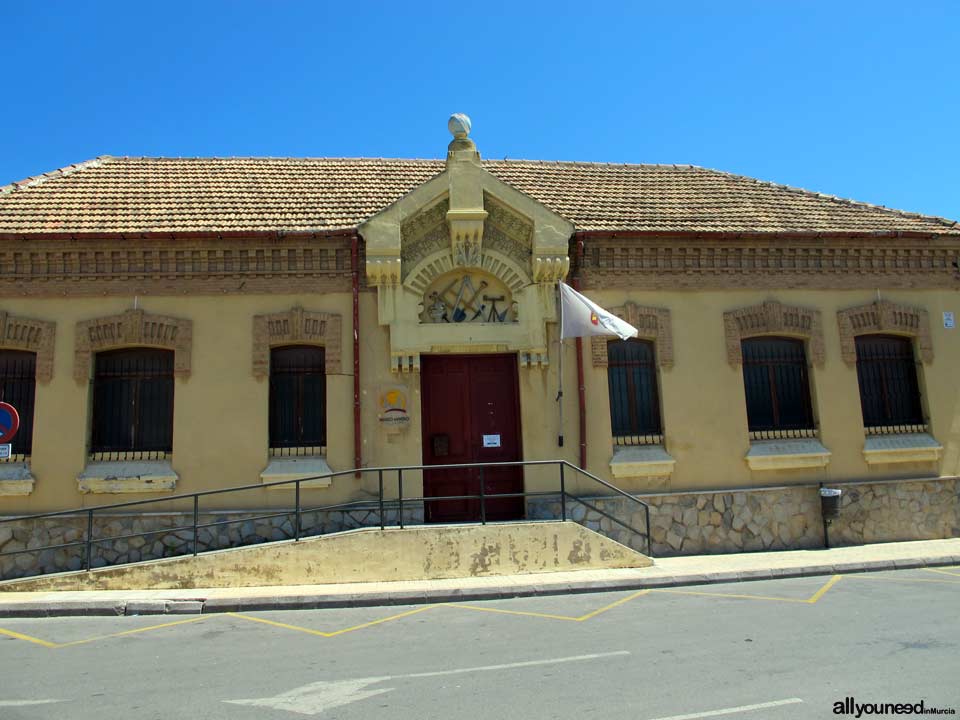
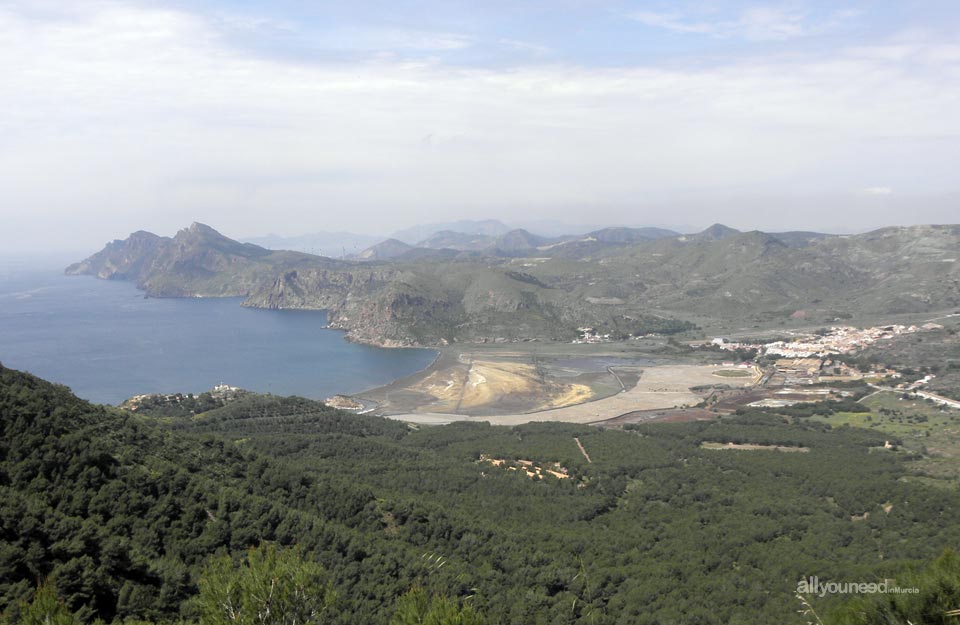
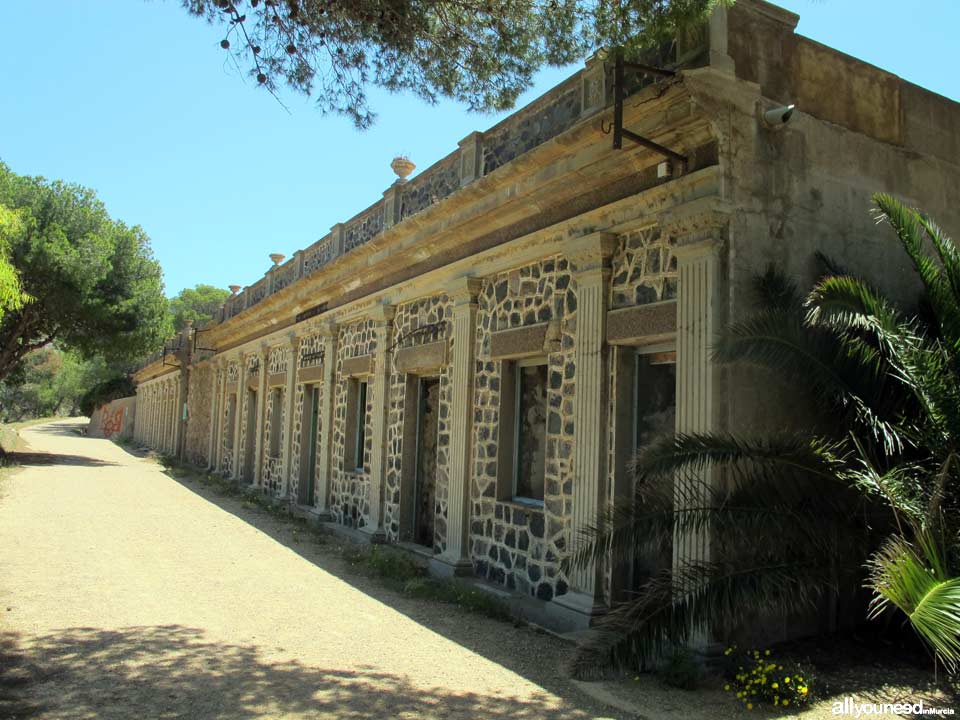
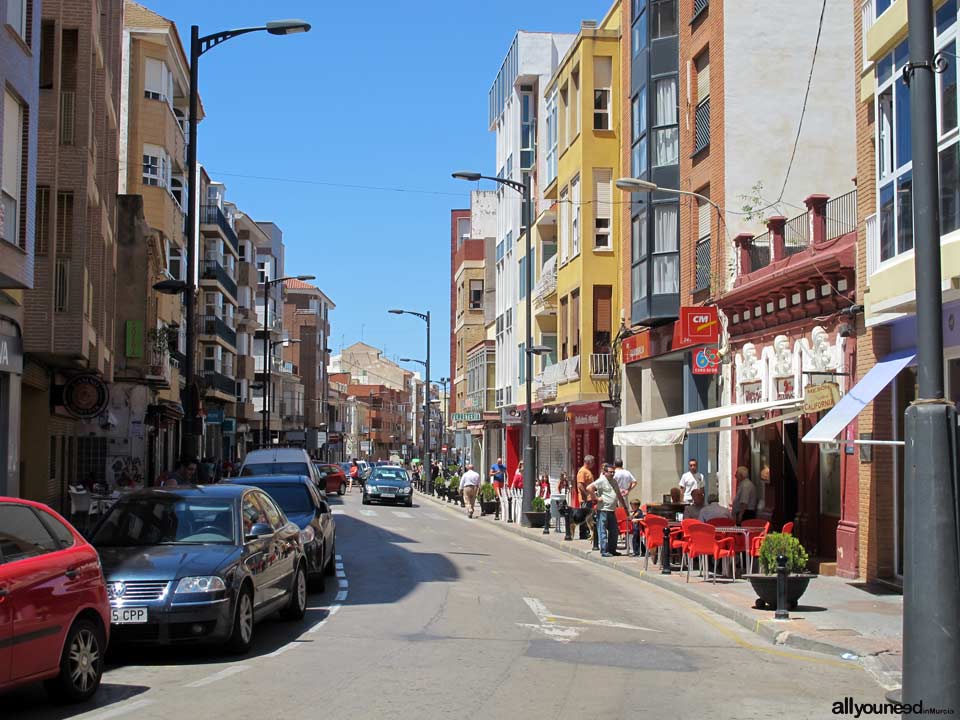
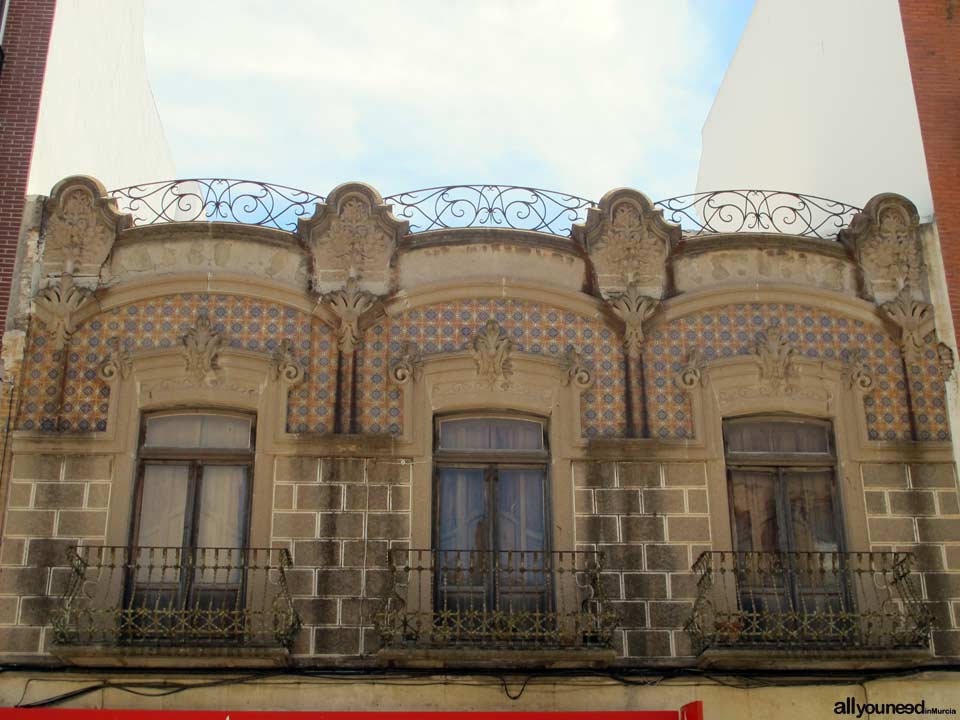
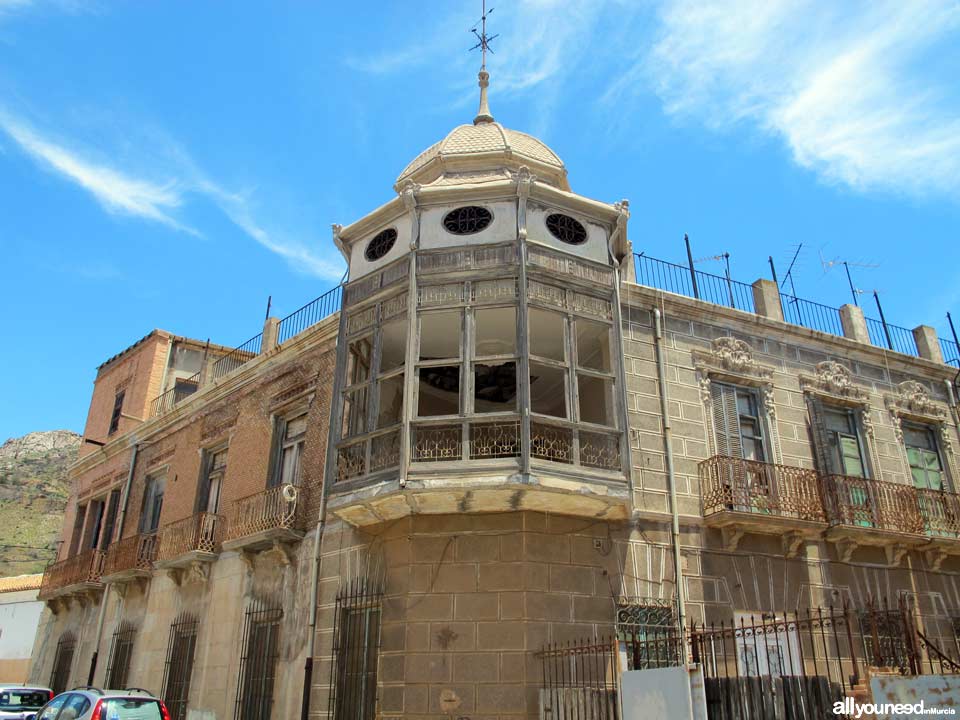
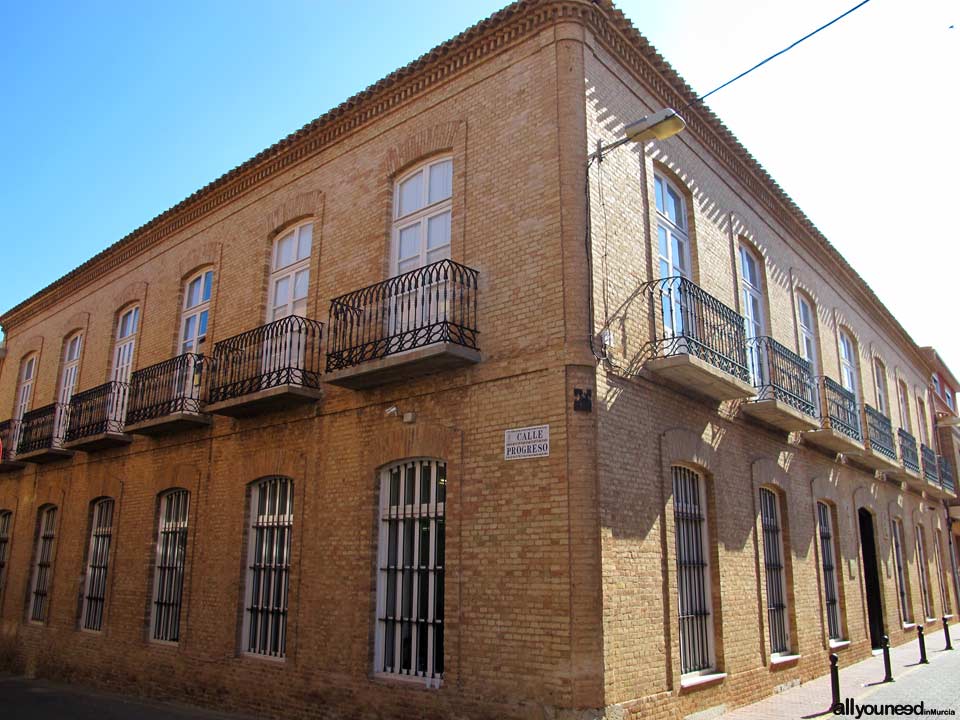
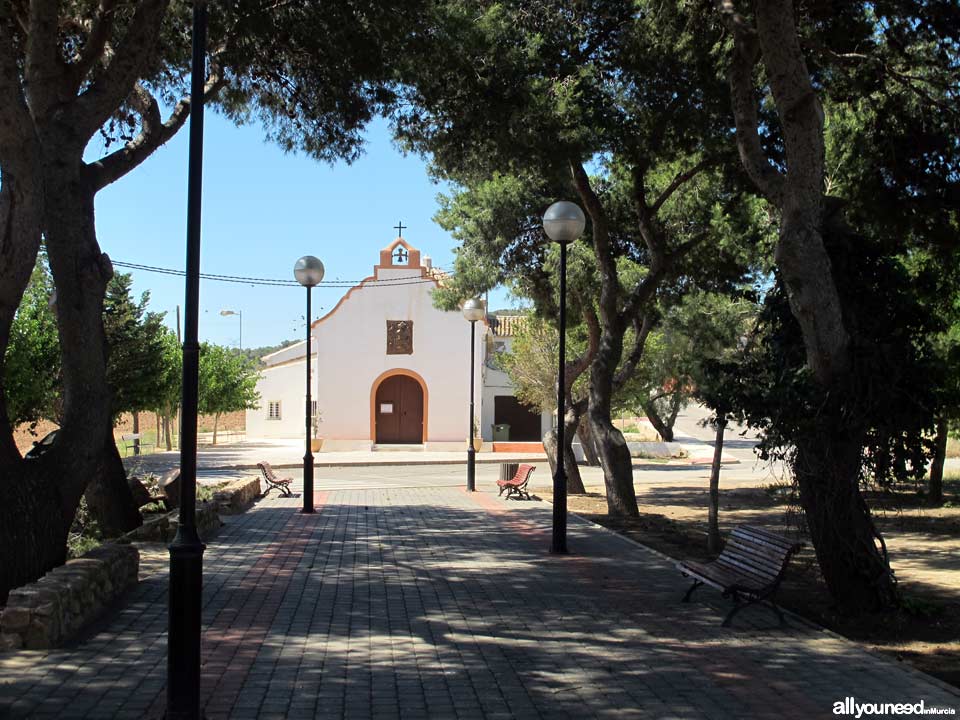
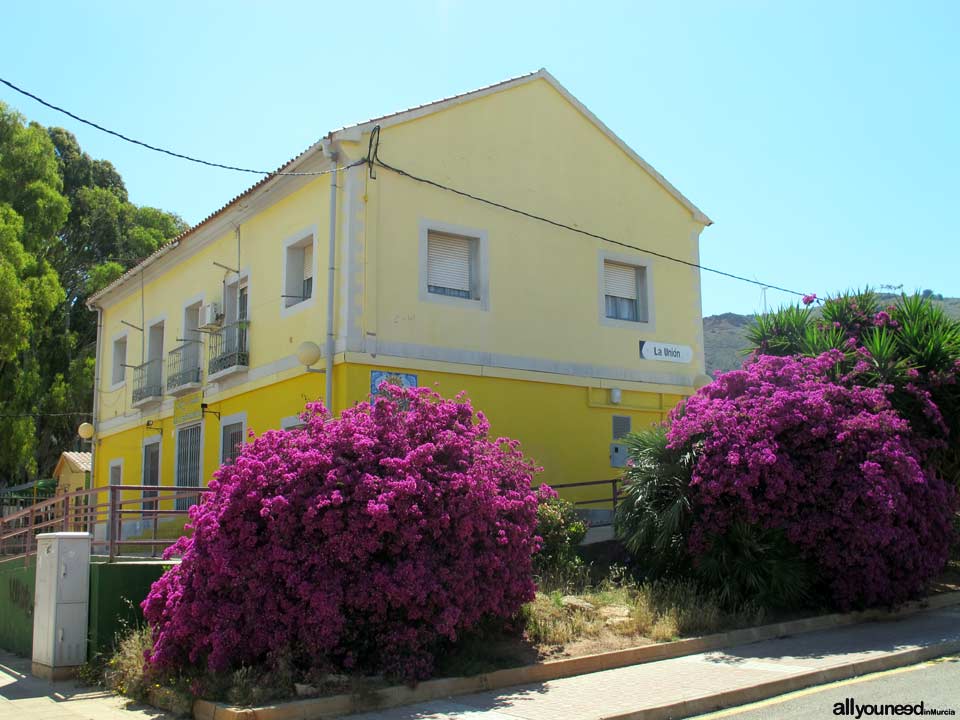
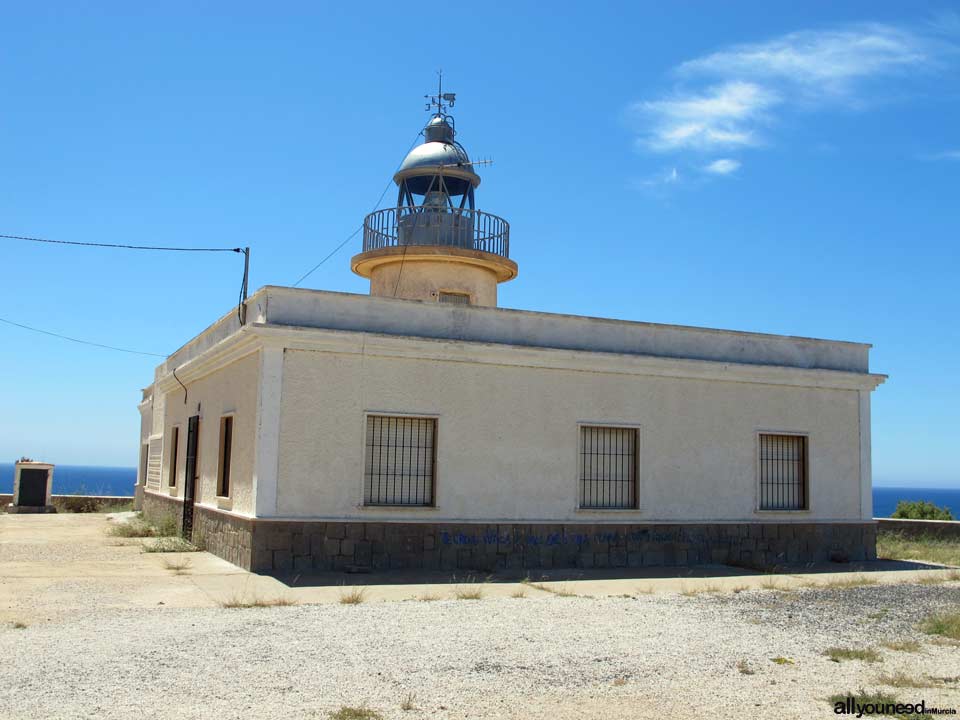
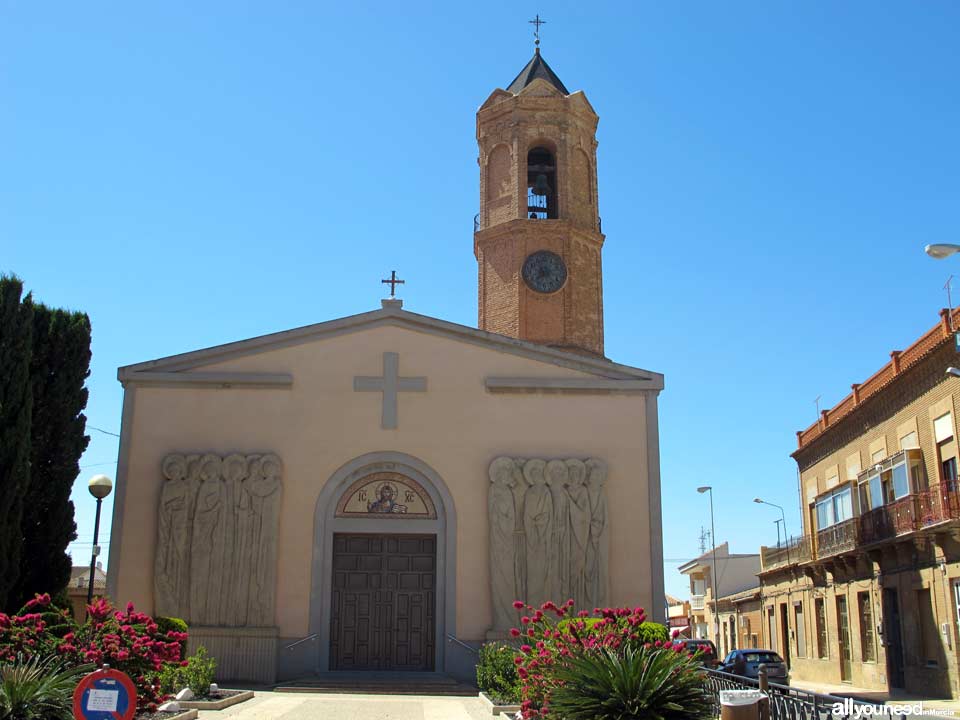
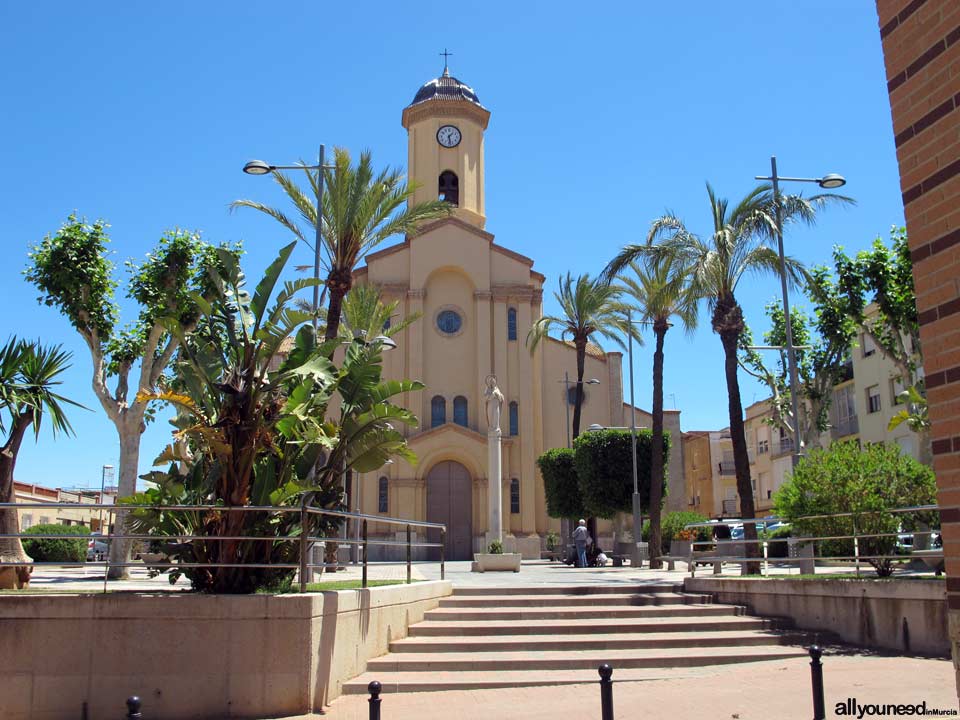
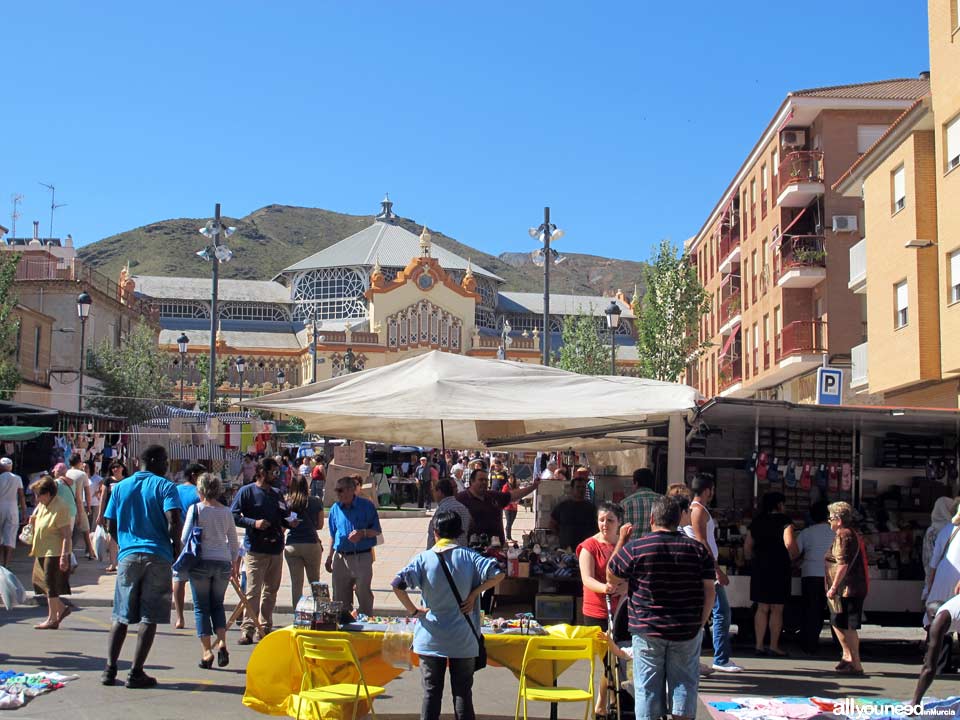
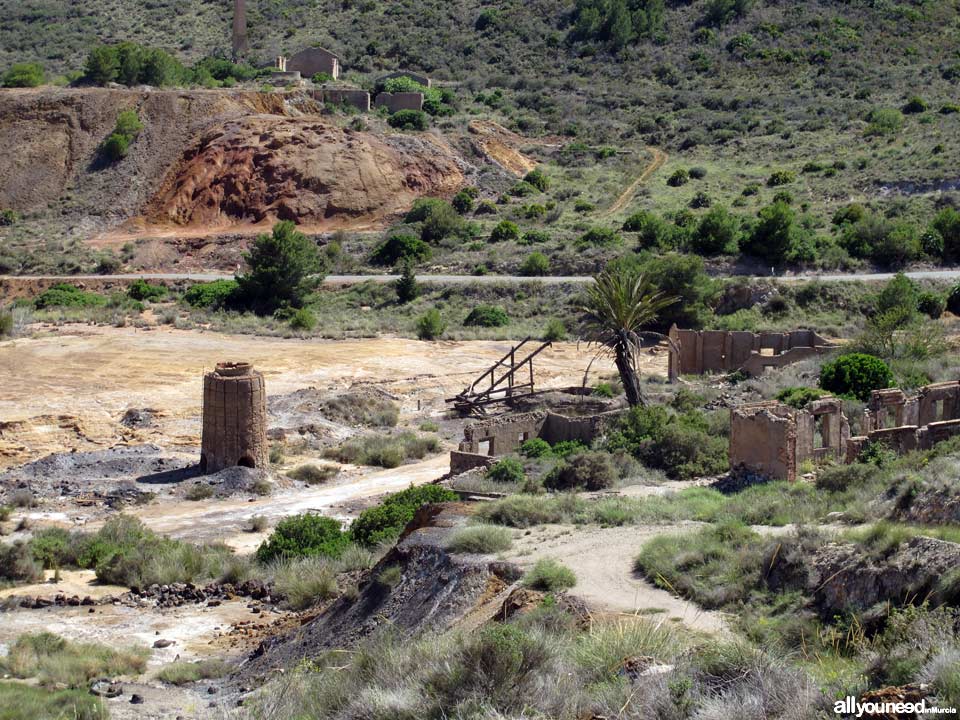
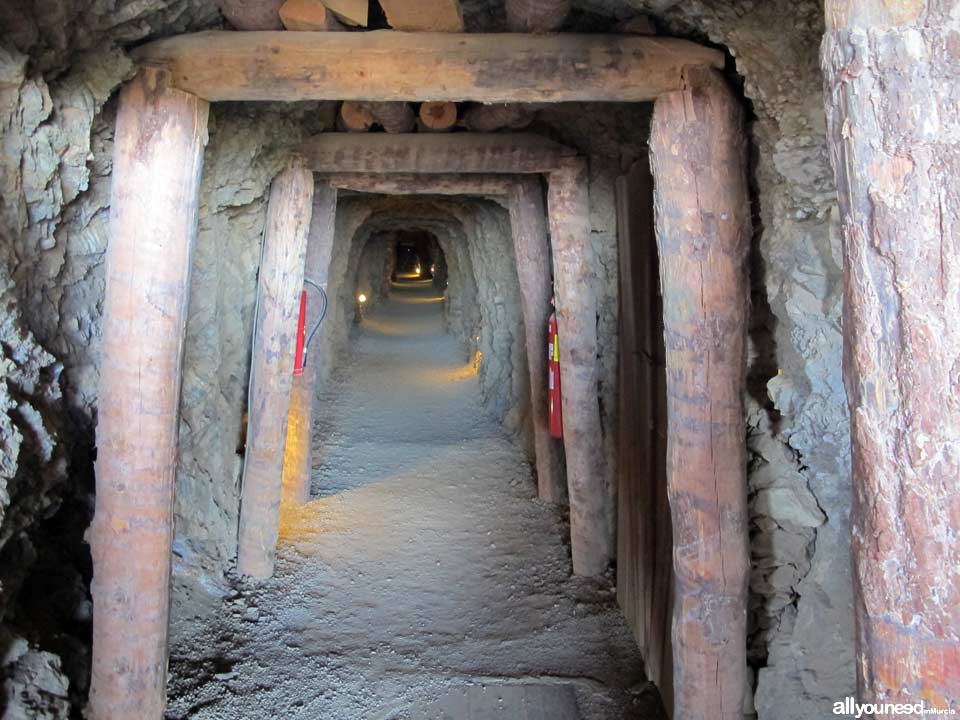
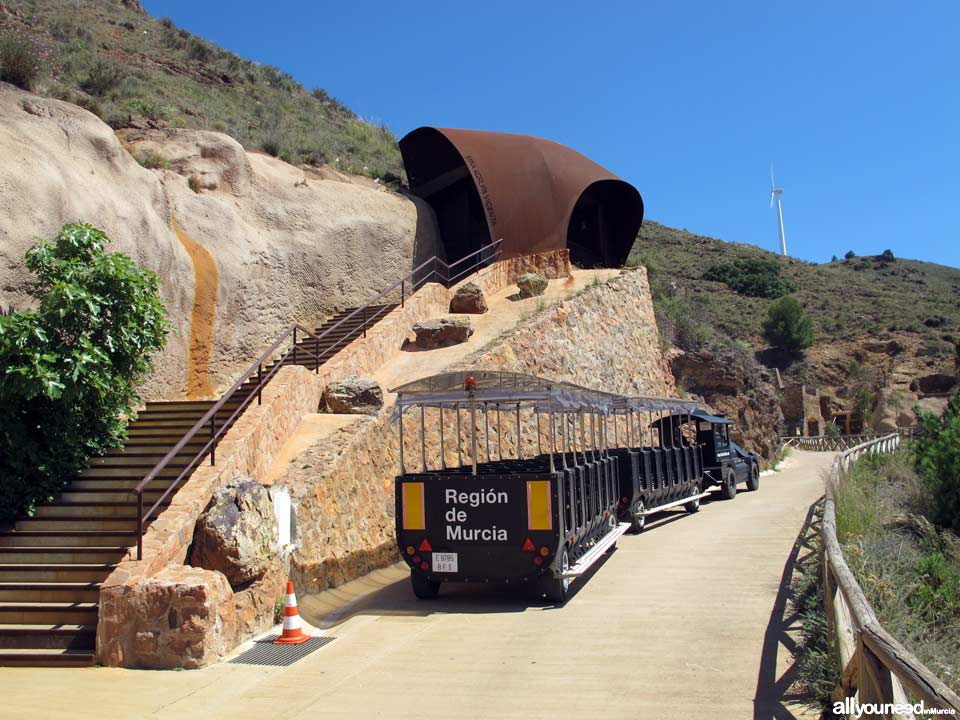
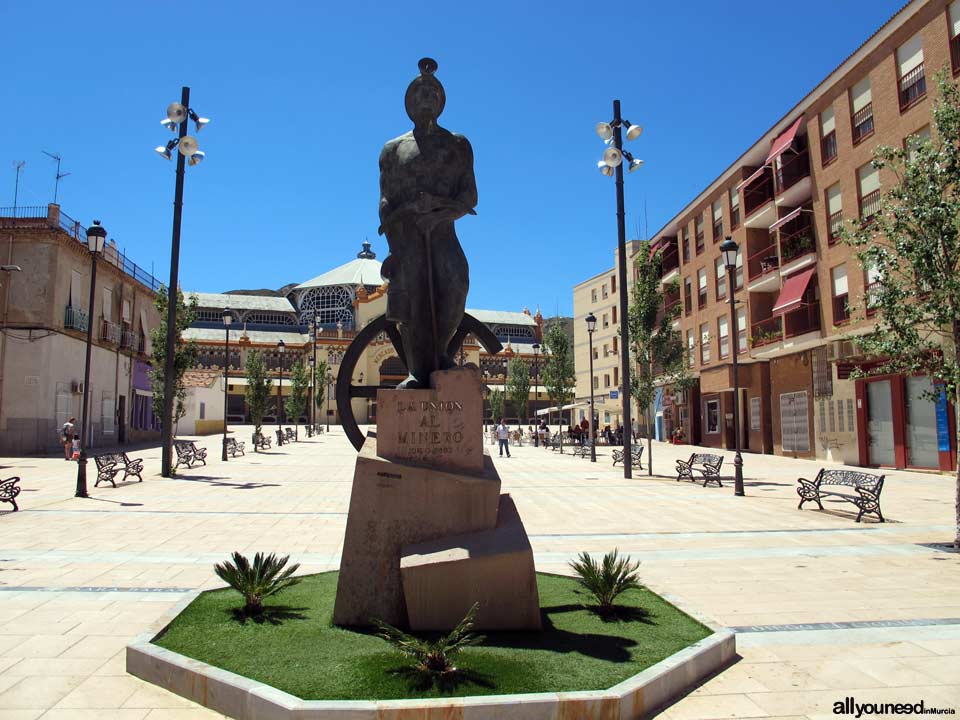
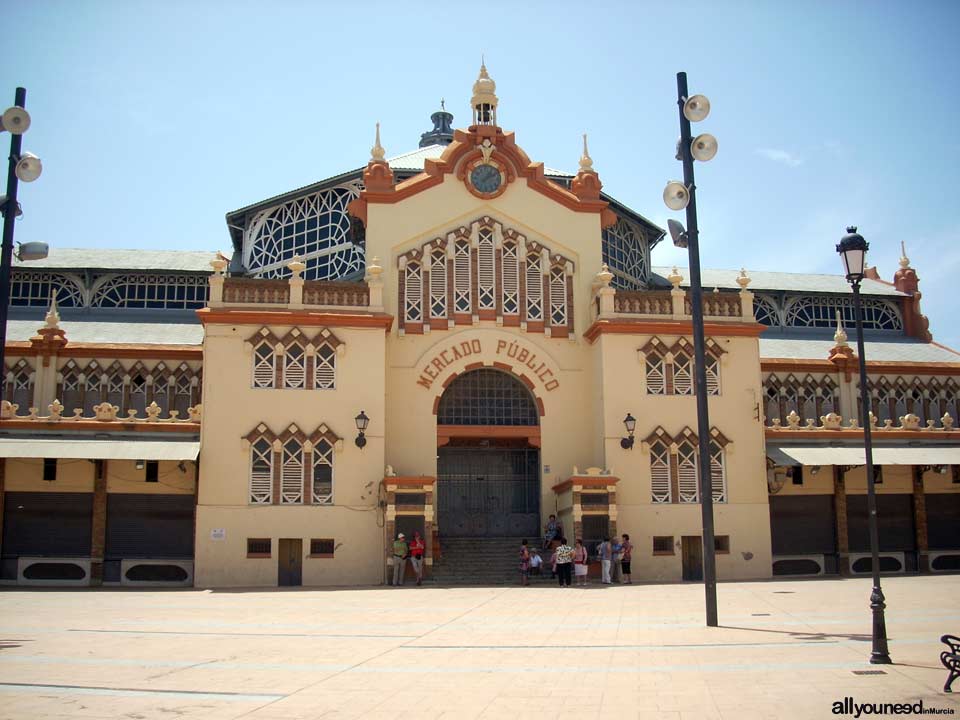
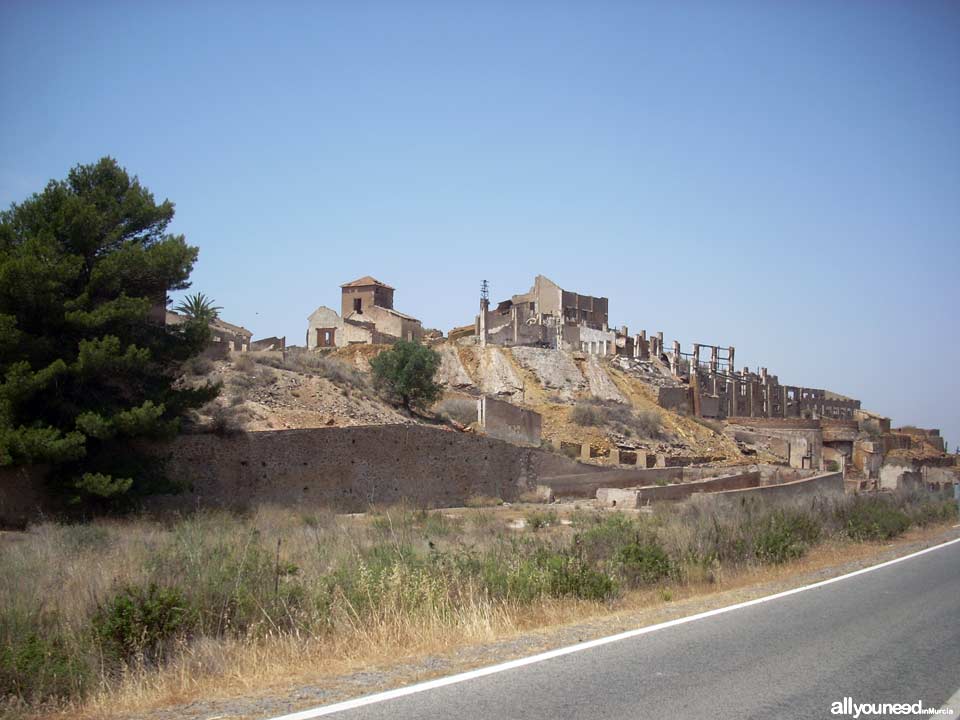







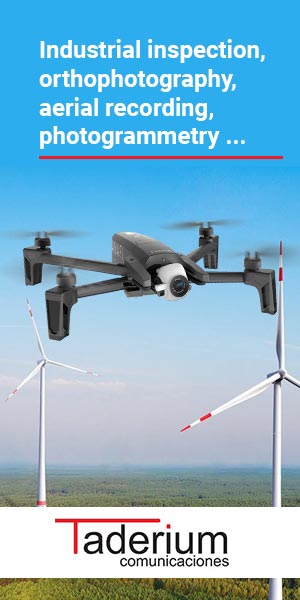
 Downloads
Downloads Related links
Related links 